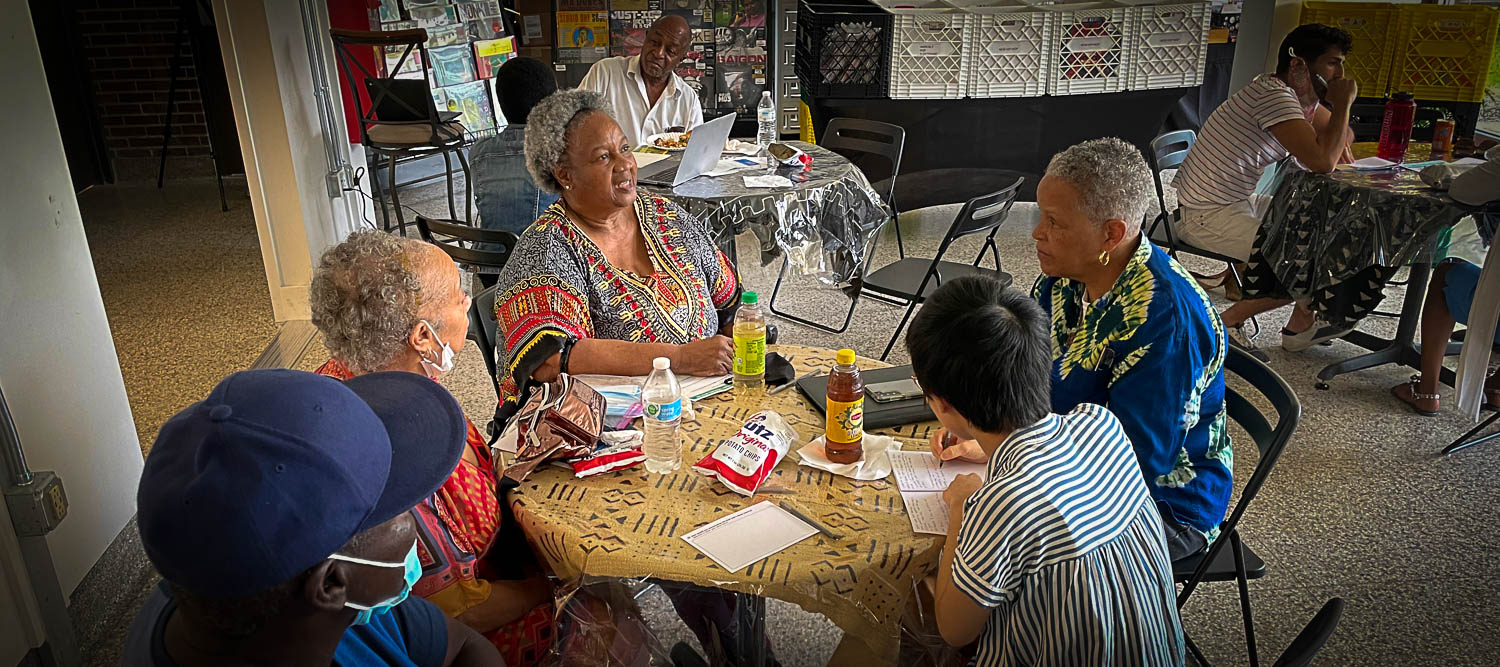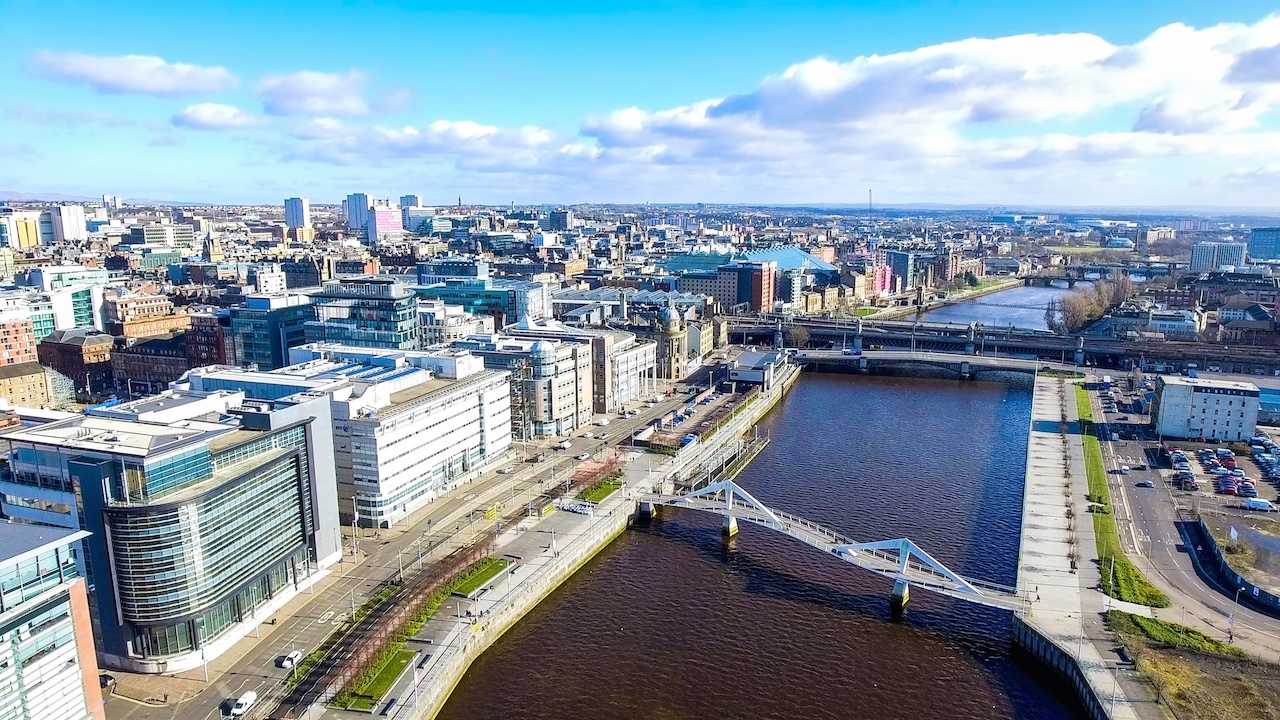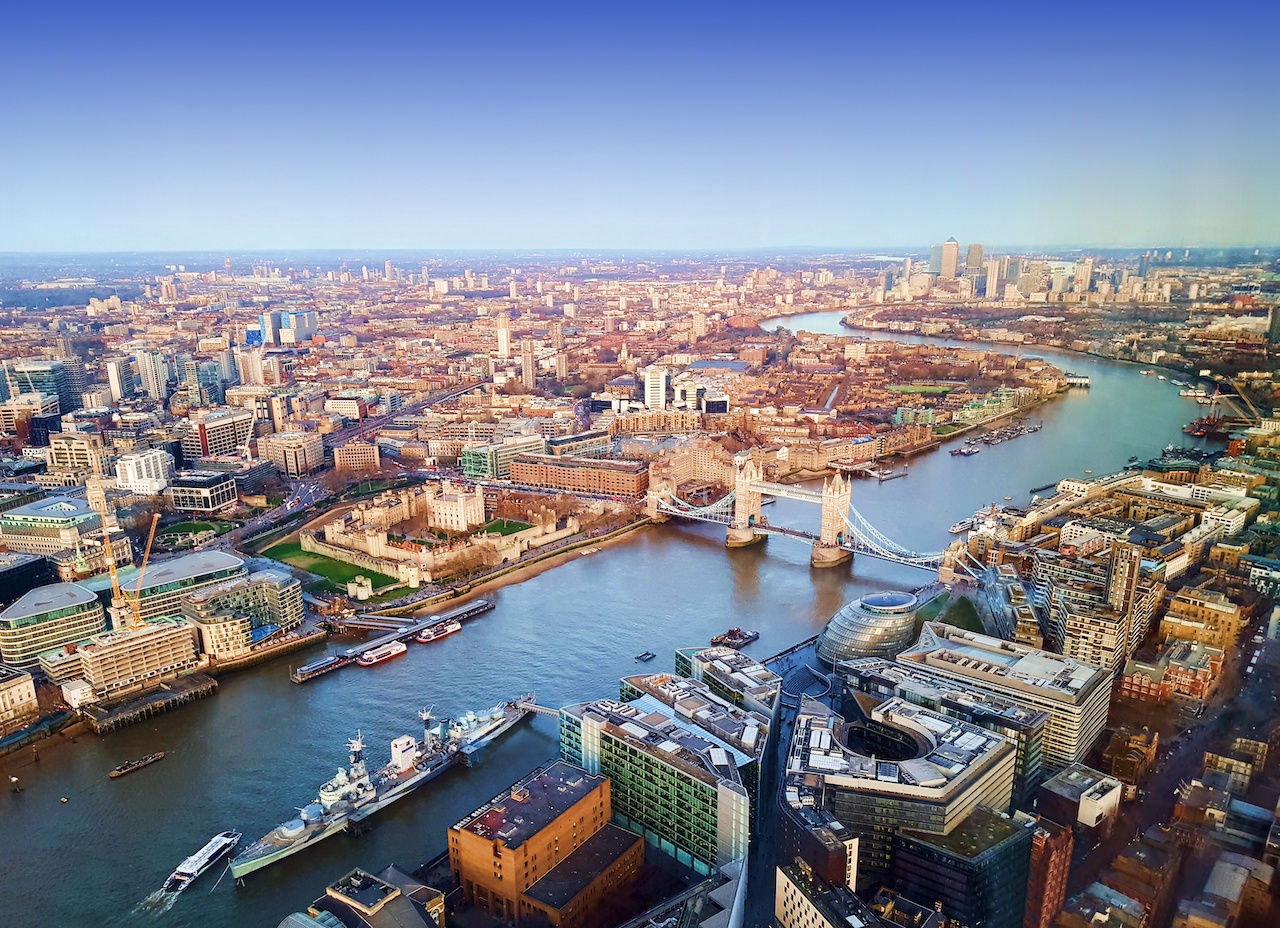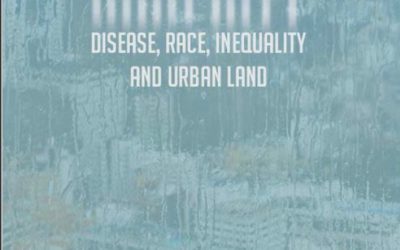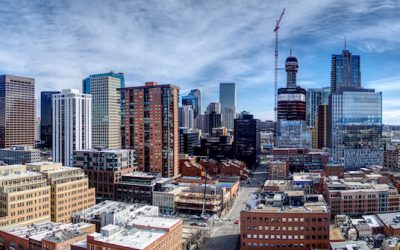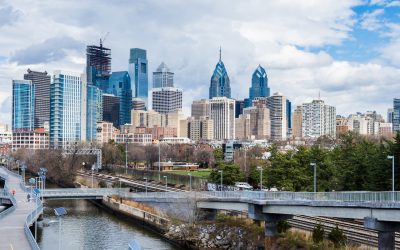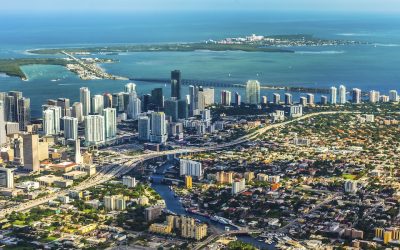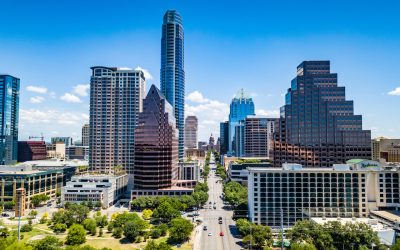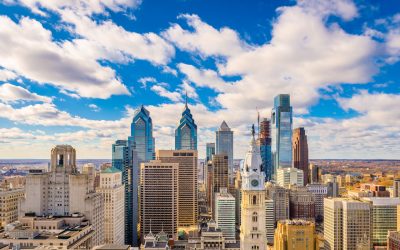Meeting of the Minds
What began as a 2-day summit in Oakland, CA in 2007, has grown into an internationally recognized non-profit organization with world-class events, year-round leadership programming, and an unparalleled digital platform.
Our mission is to bring together urban sustainability and technology leaders across sectors to share knowledge, best practices and catalyze lasting alliances and partnerships. We foster person-to-person and city-to-city learning by curating emerging trends and spotlighting projects and practitioners working on the future of sustainable, resilient, and equitable cities and regions.
We believe that the best solutions and partner ecosystems result from collaboration and engagement across sectors and disciplines. We convene leaders from international bodies, local government, state and federal government, corporates, startups, non-profits, academics and philanthropy.
Meeting of the Minds thanks and acknowledges the support of our current and past sponsors, including:
Foundations
Annie E. Casey Foundation
Barr Foundation
Burton D. Morgan Foundation
Ford Foundation
Lincoln Institute of Land Policy
Living Cities
New Economy Initiative
Paul G. Allen Philanthropies
Robert Wood Johnson Foundation
Rockefeller Foundation
The California Endowment
The California Wellness Foundation
The Cleveland Foundation
The JPB Foundation
The Kresge Foundation
The Volvo Research and Education Foundations
Healthcare
Kaiser Permanente
Sutter Health
Telecom
AT&T
Comcast
Qualcomm
Verizon
Global Technology Leaders
Cisco
Dassault Systémes
IBM
Itron
Microsoft
Oracle
Philips Lighting/Signify
Schneider Electric
Siemens
Transportation Leaders
Bombardier
Cubic
Daimler/Car2Go
Ford
JUMP Bikes/UBER
Lacuna
Keolis
Lyft
Streetlight Data
Toyota
Zipcar
Financial Institutions
JPMorgan Chase
PNC Bank
Wells Fargo
IT & IoT
Atonix Digital
Cleverciti Systems
Iteris
Logicalis
Roadbotics
RelayR Corp
Planning, Design, Architecture, Real Estate, Engineering, Construction
Black & Veatch
CBRE
CH2M Hill
Colliers
DKS Associates
Jones Lang LaSalle
Oxford Properties Group
Ramboll
Skidmore Owings & Merrill
WSP
Consulting Firms
Cognizant
ENGIE Impact
Deloitte
EY
PwC
Government
Ann Arbor SPARK
City of Berkeley, CA
Cuyahoga County
Federal Reserve Bank of San Francisco
JobsOhio
Metrolinx
State of Michigan
Resources: Water and Energy
AEP Ohio
DTE Energy
Festival Hydro
FirstEnergy
Marin Clean Energy
Natural Resources Defense Council
Sacramento Municipal Utility District
Shell
Xylem Water
Innovators
Cleveland Neighborhood Progress
JumpStart
Natural Resources Defense Fund
Rock Ventures
The New School
University of California
UrbanFootprint
Recent Webinars
Recent Articles
The Pandemic, Inequality, Housing Affordability, and Urban Land
Since the Great Recession of 2008, the housing wealth gap has expanded to include not just Black and Brown Americans, but younger White Americans as well. Millennials and Generation Z Whites are now joining their Black and Brown peers in facing untenable housing precarity and blocked access to wealth. With wages stuck at 1980 levels and housing prices at least double (in inflation adjusted terms) what they were 40 years ago, many younger Americans, most with college degrees, are giving up on buying a home and even struggle to rent apartments suitable for raising a family.
What makes it hard for policy people and citizens to accept this truth is that we have not seen this problem in a very long time. Back in the 1920s of course, but not really since then. But this is actually an old problem that has come back to haunt us; a problem first articulated by Adam Smith in the 1700s.
Multi-modal Transit and the Public Realm
More than ever, urban transit services are in need of sustainable and affordable solutions to better serve all members of our diverse communities, not least among them, those that are traditionally car-dependent. New mobility technologies can be a potential resource for local transit agencies to augment multi-modal connectivity across existing transit infrastructures.
We envision a new decentralized and distributed model that provides multi-modal access through nimble and flexible multi-modal Transit Districts, rather than through traditional, centralized, and often too expensive Multi-modal Transit Hubs. Working in collaboration with existing agencies, new micro-mobility technologies could provide greater and seamless access to existing transit infrastructure, while maximizing the potential of the public realm, creating an experience that many could enjoy beyond just catching the next bus or finding a scooter. So how would we go about it?
Cross Sectoral Partnerships Can Fight Human Trafficking
Dedicated anti-trafficking actors across the nation are trying to build better systems in big jurisdictions like New York, San Francisco, and Los Angeles, and in smaller but scrappy jurisdictions like Waco, Texas and Boaz, Alabama. They all share the same need, for stronger interconnectedness as an anti-trafficking field, and more collaboration.
The Forging Freedom Portal is a one-stop shop where a police officer planning a victim-centered operation can connect with their law enforcement counterparts, and the right service providers ahead of time, collaborating to make sure they’re planning for the language skills, social services, and legal support that victims may need. The portal is a place where the people who care most about ending human trafficking, who are doing the hard work every day on the ground, can learn from each other and share best practices to raise the collective standard of this work.
Balancing Mobility and Safety at Intersections
Maximizing both the mobility and safety of road users at urban and suburban intersections is of utmost importance to city leaders and citizens today. Trends such as micromobility, connected and automated vehicles, and an explosion of available data, coupled with increasing numbers of bikes and pedestrians on our streets, result in both challenges and opportunities.
The increasing ability to provide intersection connectivity, edge computing and cloud storage, along with growing tool sets, such as Signal Performance Measures (SPM) and advanced video detection, provide new and exciting opportunities to traffic engineers. Possible combinations of Vision Zero intersection solutions, Near-Miss analyses, and the ability to make real-time operating decisions at our intersections can be overwhelming. Still, they must be embraced to ensure public officials are accountable to the traveling public.
Public-Private Collaboration Imperative to Deliver Modern Connectivity
Perhaps nothing has highlighted the critical need for high-speed connectivity more than the COVID-19 pandemic, which has driven entire communities to live, learn and work online. It has also exposed a rapidly widening digital divide in this country that impacts rural, urban, and suburban communities, each with their own unique needs and challenges.
COVID-19 Presents an Opportunity to Build Back Stronger Cities
Many cities are leveraging lessons and actions of the COVID-19 crisis to refocus on and drive ambitious sustainability and resiliency strategies. These cities are implementing a “build back better” strategy that ultimately will benefit some of the most vulnerable groups affected by both climate impacts and COVID-19. These strategies can strengthen building infrastructure, create good jobs for those who need them most, and rapidly accelerate cities’ carbon emissions reduction goals.
The work of better, happier cities cannot be implemented by governments or private organizations alone. Regional governments, businesses, banks, and financial institutions must commit to green stimulus and inclusive recovery. These recovery strategies will prioritize jobs and growing the economy, support health and pollution reduction, enhance energy and climate resilience, and support decarbonization, all while focusing on social equity.




